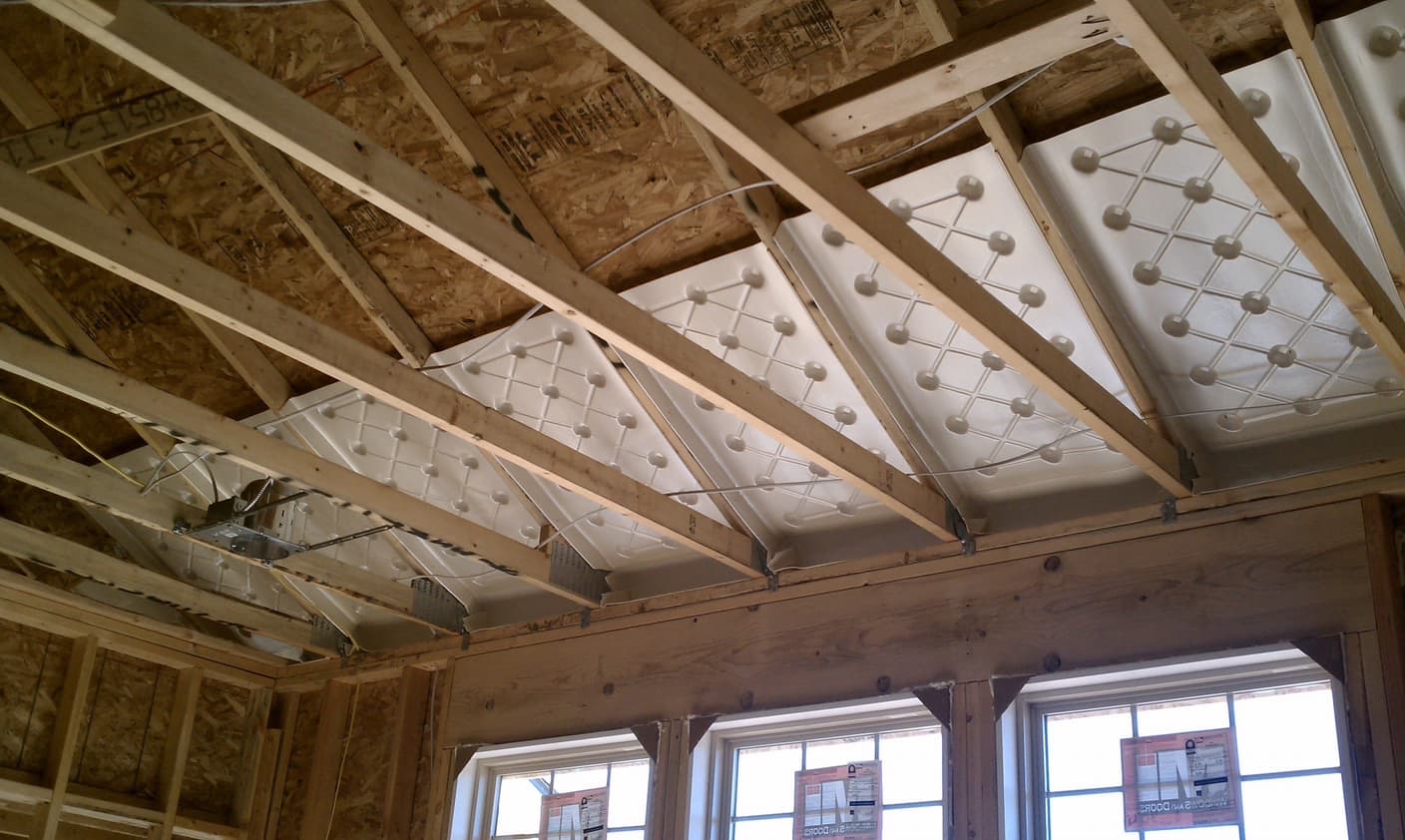

Articles
What Are Attic Baffles
Modified: January 9, 2024
Discover the importance of attic baffles and how they can help improve insulation and air circulation in your home. Read informative articles on attic baffles and their benefits.
(Many of the links in this article redirect to a specific reviewed product. Your purchase of these products through affiliate links helps to generate commission for Storables.com, at no extra cost. Learn more)
Introduction
Welcome to the world of attic baffles! If you’re a homeowner looking to optimize the energy efficiency and overall performance of your attic, then you’ve come to the right place. Attic baffles, also known as roof vents or attic vents, play a crucial role in maintaining proper ventilation and insulation in your attic space. In this article, we will delve into the world of attic baffles, exploring their definition, purpose, types, installation process, common mistakes to avoid, maintenance requirements, and factors to consider before installation.
Attic baffles, in simplest terms, are barriers installed within your attic space to ensure proper air flow and ventilation. They are typically made of a rigid material, such as plastic or foam, and are designed to prevent insulation from blocking the intake and exhaust vents in your attic. By creating a clear path for air to flow, attic baffles improve the overall ventilation, reduce the risk of moisture buildup, and help regulate the temperature within your attic.
The purpose and benefits of attic baffles are multifaceted. Firstly, they promote the circulation of fresh air in your attic, which helps remove excess moisture and prevent the formation of mold and mildew. Adequate airflow also prevents the accumulation of harmful pollutants and allergens that can impact the air quality of your living spaces.
Secondly, attic baffles play a vital role in regulating the temperature within your attic. During the summer months, they allow hot air to escape from your attic, preventing excessive heat buildup that can lead to increased energy costs and potential damage to your roof. In the winter, attic baffles help prevent ice dams by allowing cool air to enter your attic, which helps maintain even temperatures and prevents melting snow from refreezing on your roof.
Now that we understand the purpose and benefits of attic baffles, let’s explore the different types available in the market. There are primarily two types of attic baffles: rafter baffles and soffit baffles.
Rafter baffles, also known as insulation baffles, are installed along the slope of your roof, between the rafters. They provide a clear air channel from the eaves to the ridge of your roof, allowing for efficient airflow. These baffles are often made of rigid foam and are designed to fit snugly between the rafters, providing a barrier that prevents insulation from blocking the eave vents.
Soffit baffles, on the other hand, are installed in the soffit area, which is the underside of the roof overhang. These baffles ensure that air can freely flow from the eaves into the attic space. Soffit baffles are usually made of plastic or foam and are designed to be easily installed in the soffit vents.
In the next sections, we will discuss the installation process of attic baffles, common mistakes to avoid, and the maintenance and inspection required to ensure their proper functioning. We will also highlight some crucial factors to consider before installing attic baffles in your home. So, let’s dive in and learn all about attic baffles and how they can transform your attic space into a well-ventilated and energy-efficient area.
Key Takeaways:
- Attic baffles are essential for maintaining proper ventilation, preventing heat buildup, and improving energy efficiency in your home. They play a crucial role in regulating temperature and enhancing indoor air quality.
- Proper installation and regular maintenance of attic baffles are vital for their effectiveness. Consider factors such as attic size, roof design, insulation type, climate, and seek professional guidance if needed.
Read more: What Is A Baffle In Construction
Definition of Attic Baffles
Attic baffles, also known as roof vents or attic vents, are barriers installed within your attic space to ensure proper air flow, ventilation, and insulation. They are designed to prevent insulation from blocking the intake and exhaust vents in your attic, allowing for efficient air circulation and temperature regulation. Attic baffles are typically made of rigid materials, such as plastic or foam, and come in various shapes and sizes to fit different types of attics and roofs.
These baffles are installed along the slope of your roof, between the rafters, to create a clear air channel from the eaves to the ridge of your roof. They serve as a barrier that prevents insulation from blocking the eave vents and ensures that air can freely flow in and out of the attic space. Attic baffles play a crucial role in maintaining proper ventilation, preventing the buildup of moisture, and reducing the risk of mold and mildew growth.
The purpose of attic baffles is to promote the circulation of fresh air in your attic, which helps regulate the temperature and prevent excessive heat buildup during the summer months. They also help prevent ice dams in winter by allowing cool air to enter your attic and maintain even temperatures. By allowing for efficient airflow, attic baffles help improve the overall energy efficiency of your home, reduce utility costs, and extend the lifespan of your roof.
Attic baffles also contribute to the overall comfort and air quality of your living spaces. By ensuring proper ventilation, they help remove excess moisture, odors, and pollutants from your attic. This can improve the air quality in your home and reduce the risk of allergies, respiratory issues, and other health problems associated with poor indoor air quality.
It’s important to choose the right type and size of attic baffles for your specific attic and roof configuration. The size and number of baffles required will depend on factors such as the square footage of your attic, the type of insulation being used, and the layout of your roof. Consulting with a professional or conducting thorough research before purchasing and installing attic baffles can help ensure that you select the right ones for your specific needs.
Now that we have defined attic baffles and their purpose, let’s explore the different types of attic baffles available in the market and how they are installed in the next sections.
Purpose and Benefits of Attic Baffles
Attic baffles serve several important purposes and offer numerous benefits when installed in your attic. Let’s explore the key reasons why attic baffles are essential for maintaining a healthy and energy-efficient attic space.
1. Improving Ventilation: One of the primary purposes of attic baffles is to enhance ventilation in your attic. They create a clear pathway for air to flow between the intake and exhaust vents, allowing for proper circulation of fresh air. This helps remove excess heat, moisture, and pollutants from your attic, preventing the buildup of harmful conditions like mold, mildew, and excessive humidity.
2. Preventing Heat Buildup: During the summer months, attics can become extremely hot, especially if there is poor ventilation. Attic baffles help prevent the buildup of heat by allowing hot air to escape from the attic through the exhaust vents. This can significantly reduce your cooling costs and prevent potential damage to your roof caused by excessive heat.
3. Minimizing Ice Dams: In colder climates, ice dams can form on roofs when warm air from the attic melts snow on the roof, which then refreezes near the eaves. This can lead to water damage and roof leaks. Attic baffles help prevent ice dams by allowing cool air to circulate in the attic space, keeping the roof temperature consistent and reducing the likelihood of snow melting and refreezing.
4. Extending Roof Lifespan: By promoting proper ventilation, attic baffles can help extend the lifespan of your roof. Excessive heat and moisture can cause damage to the roof structure, deteriorating shingles, and leading to premature aging. With attic baffles in place, the roof is better protected from these damaging factors, resulting in a longer-lasting and more durable roof.
5. Energy Efficiency: Proper attic ventilation achieved through attic baffles can significantly improve the energy efficiency of your home. With proper air circulation, your HVAC system doesn’t need to work as hard to maintain a comfortable temperature. This can lead to lower energy consumption, reduced utility bills, and a more environmentally friendly home.
6. Enhanced Indoor Air Quality: Attic baffles play a crucial role in improving the indoor air quality of your living spaces. By allowing for proper air circulation in the attic, they help remove pollutants, odors, and moisture that can seep into your home. This promotes a healthier living environment by reducing the risk of respiratory issues, allergies, and other health problems associated with poor indoor air quality.
Overall, the purpose and benefits of attic baffles are clear – they ensure proper ventilation, prevent heat buildup, minimize ice dams, extend roof lifespan, enhance energy efficiency, and improve indoor air quality. Now that we understand the importance of attic baffles, let’s explore the different types available in the market and how they are installed in the next sections.
Types of Attic Baffles
When it comes to attic baffles, there are primarily two main types available on the market: rafter baffles and soffit baffles. Each type serves a specific purpose in ensuring proper attic ventilation and insulation. Let’s take a closer look at both types:
1. Rafter Baffles: Rafter baffles, also known as insulation baffles or rafter vents, are installed along the slope of the roof, between the rafters. These baffles create a clear air channel from the eaves to the ridge of the roof, allowing for efficient airflow. Typically made of rigid foam or plastic, rafter baffles are designed to fit snugly between the rafters, serving as a barrier that prevents insulation from blocking the eave vents.
Rafter baffles are an essential component of attic ventilation systems. They ensure unrestricted air movement from the soffit vents, which draw in fresh air, to the exhaust vents located at the ridge of the roof, where hot air escapes. By maintaining a clear air pathway, rafter baffles help prevent insulation from clogging the ventilation system and promote proper airflow in the attic.
2. Soffit Baffles: Soffit baffles, also known as eave baffles or soffit vents, are installed in the soffit area, which is the underside of the roof overhang. These baffles play a crucial role in allowing air to flow freely from the eaves into the attic space. Soffit baffles are usually made of plastic or foam and are designed to be easily installed in the soffit vents.
Soffit baffles work in conjunction with rafter baffles to ensure efficient attic ventilation. As fresh air is drawn in through the soffit vents, it flows up towards the ridge of the roof, carrying away heat, moisture, and pollutants from the attic. These baffles prevent insulation from blocking the soffit vents and maintain a clear air pathway, maximizing the effectiveness of the attic ventilation system.
Both rafter baffles and soffit baffles are essential for maintaining proper attic ventilation and insulation. They work together to create a continuous airflow, preventing heat buildup, moisture accumulation, and other potential issues in your attic.
It is crucial to choose the correct type and size of baffles for your attic and roof configuration. Consider factors such as the square footage of your attic, the layout of your roof, and the type of insulation being used. Consulting with a professional or conducting thorough research can help ensure that you select the right attic baffles for your specific needs.
Now that we have explored the types of attic baffles available, let’s move on to the installation process and learn how to properly install these baffles in your attic space.
Installation Process of Attic Baffles
The installation of attic baffles is a relatively straightforward process, but it requires careful consideration and attention to detail. Proper installation is crucial to ensure the effectiveness of the baffles in promoting attic ventilation and insulation. Here are the general steps to follow for installing attic baffles:
1. Gather the Necessary Tools and Materials: Before starting the installation process, gather all the tools and materials you’ll need. This may include work gloves, safety goggles, a utility knife, a tape measure, a staple gun, and the appropriate type and size of attic baffles.
2. Prepare the Attic: Clear out any debris or obstructions from the attic, ensuring there is enough space to maneuver and access the areas where the baffles will be installed. Make sure to wear appropriate protective gear, such as a mask, when working in dusty environments.
3. Identify the Eave Vents: Locate the eave vents in your attic. These are typically located along the soffits or overhangs of your roof. Ensure that these vents are clear of any insulation or other obstructions.
4. Measure the Baffle Length: Measure the distance between the eave vents and the top of the attic floor. This will determine the length of the attic baffles you need to install. Cut the baffles to the appropriate length using a utility knife.
5. Install the Rafter Baffles: Start by installing the rafter baffles. Insert each baffle between the rafters, ensuring a snug fit. The baffles should extend from the eave vents to the top of the attic space, creating a clear air channel. Use a staple gun or other appropriate fasteners to secure the baffles in place, ensuring they are tightly sealed and won’t shift or move over time.
6. Install the Soffit Baffles: Once the rafter baffles are in place, move on to installing the soffit baffles. These baffles will be installed in the soffit vents, allowing air to flow freely from the eaves into the attic. Place each baffle into the soffit vent, ensuring a secure fit.
7. Inspect and Seal: After installing the baffles, thoroughly inspect the attic to ensure that everything is properly installed and functional. Check for any gaps or areas where insulation can block the airflow and seal them using caulk or tape to ensure airtightness.
8. Regularly Maintain and Inspect: Once the baffles are installed, it’s important to regularly maintain and inspect them. Check for any signs of damage or blockages and clean or repair as necessary.
Keep in mind that the installation process may vary depending on the design of your attic and the type of baffles you are installing. Consult the manufacturer’s instructions and consider seeking professional assistance if needed.
By following these guidelines and ensuring proper installation, you can maximize the effectiveness of attic baffles in promoting attic ventilation, insulation, and overall energy efficiency in your home.
Next, let’s explore some common mistakes to avoid during attic baffle installation.
Attic baffles are important for proper attic ventilation. They help to prevent insulation from blocking airflow and ensure that air can move freely through the attic, reducing the risk of moisture buildup and mold growth.
Read more: What Are Insulation Baffles
Common Mistakes to Avoid during Attic Baffle Installation
While installing attic baffles is a relatively straightforward process, there are some common mistakes that homeowners should avoid to ensure the effectiveness of the baffles and proper attic ventilation. By being aware of these mistakes, you can ensure a successful installation and maximize the benefits of attic baffles. Let’s take a look at some common mistakes and how to avoid them:
1. Insufficient Baffle Coverage: One common mistake is not installing enough attic baffles or not extending them to cover the entire attic space. It is essential to ensure that the baffles reach from the eave vents to the top of the attic, creating a clear air channel. Insufficient coverage can restrict airflow and lead to ineffective ventilation. Measure your attic space carefully and install baffles that provide proper coverage.
2. Improper Baffle Placement: Incorrect placement of attic baffles can also hinder proper ventilation. Ensure that rafter baffles are positioned between the rafters, creating a barrier to prevent insulation from blocking the eave vents. Soffit baffles should be properly installed in the soffit vents, allowing for unrestricted airflow. A thorough understanding of your attic and following manufacturer guidelines will help ensure proper baffle placement.
3. Neglecting Air Sealing: Air sealing is crucial to prevent air leaks and insulation blockages around the baffles. Failing to properly seal gaps or holes can result in compromised attic ventilation and reduced energy efficiency. Use caulk, foam sealant, or other appropriate materials to create airtight seals around the baffles, ensuring that there are no gaps that can allow air or insulation to escape.
4. Inadequate Insulation: Attic baffles should not be installed directly on top of insulation. This can compress the insulation, reducing its effectiveness and hindering proper airflow. Ensure that baffles are installed before or during the insulation process, allowing for proper insulation coverage while maintaining a clear air channel.
5. Neglecting Regular Maintenance: Attic baffles require regular maintenance to ensure their continued effectiveness. Neglecting to inspect and clean the baffles can lead to blockages from dust, debris, or insulation, impeding proper ventilation. Regularly check the baffles for signs of damage, blockages, or deterioration, and clean or repair them as necessary. This will help maintain optimal airflow and the longevity of the attic baffles.
6. DIY Installation without Proper Knowledge: Incorrect installation or lack of knowledge about attic baffles can result in subpar performance and potential damage. If you are unsure about the installation process, it is advisable to seek professional assistance. Professionals have the experience and expertise required to ensure the proper installation of attic baffles, ensuring optimal performance and long-term benefits.
By avoiding these common mistakes and following proper installation guidelines, you can ensure the effectiveness of your attic baffles and maximize their benefits in promoting attic ventilation, insulation, and overall energy efficiency.
Now that we have covered common mistakes to avoid, let’s move on and explore the maintenance and inspection requirements of attic baffles.
Maintenance and Inspection of Attic Baffles
Maintaining and regularly inspecting your attic baffles is essential to ensure their proper functioning and longevity. By following a few simple maintenance steps, you can maximize the effectiveness of your attic baffles in promoting proper attic ventilation and insulation. Here are some key maintenance and inspection practices to keep in mind:
1. Regular Visual Inspection: As a homeowner, it is important to visually inspect your attic baffles periodically. Check for any signs of damage, such as cracks, tears, or wear and tear. Look for any blockages or obstructions, such as dust, dirt, or insulation, that might impede airflow. By catching these issues early, you can address them promptly and ensure optimal performance.
2. Clean or Clear Any Blockages: If you notice any blockages or obstructions in your attic baffles during your inspection, it is crucial to clean or clear them immediately. Use a soft brush or vacuum cleaner to remove any dust, debris, or insulation that might be blocking the airflow. Clearing these blockages will help maintain proper ventilation and prevent potential damage to your attic and roof.
3. Maintain Air Sealing: Over time, the air sealing around your attic baffles may deteriorate or become damaged. Inspect the seals and ensure they are properly intact and airtight. Use caulk, foam sealant, or other appropriate materials to repair or reinforce any areas where air leaks may be occurring. Proper air sealing is crucial to prevent air leaks and insulation blockages around the baffles.
4. Perform Insulation Checks: Insulation plays a vital role in the efficiency of your attic, so it’s important to check its condition periodically. Ensure that the insulation is not blocking the airflow path created by the baffles. If you notice any insulation settling or compressing around the baffles, gently move or adjust it to allow for proper ventilation and prevent any restrictions.
5. Address Any Maintenance Issues Promptly: If you discover any maintenance issues during your inspection, such as damaged baffles or compromised seals, address them promptly. Repair or replace any damaged baffles and reseal any areas where air leaks may be occurring. By addressing these issues in a timely manner, you can prevent further damage and maintain the effectiveness of your attic baffles.
6. Consult Professional Help When Needed: If you are unsure about any maintenance or inspection tasks or if you encounter significant issues, it is always advisable to consult with a professional. Professionals have the experience and expertise to properly assess and address any maintenance or repair needs related to your attic baffles, ensuring their optimal performance and longevity.
By following these maintenance and inspection practices, you can ensure the proper functioning of your attic baffles and optimize their effectiveness in promoting attic ventilation, insulation, and overall energy efficiency.
Next, let’s discuss some important factors to consider before installing attic baffles to ensure the best outcome for your specific attic and home.
Factors to Consider before Installing Attic Baffles
Before installing attic baffles, it is important to consider several factors to ensure the best outcome for your specific attic and home. Taking these factors into account will help you select the right type and size of baffles and ensure proper installation and performance. Let’s explore the key factors to consider:
1. Attic Size and Configuration: The size and configuration of your attic will play a significant role in determining the number and placement of attic baffles. Measure the square footage of your attic and take note of any unique features, such as sloped ceilings, dormers, or angled walls. This will help you determine the appropriate size and distribution of attic baffles needed to achieve proper ventilation and insulation performance.
2. Roof Design and Material: The design and material of your roof can impact the installation process and the specific type of attic baffles that are compatible. Consider the slope and construction of your roof, as different types of baffles may be required for different roof designs. Additionally, the material of your roof, such as shingles, metal, or tile, may dictate the type of fasteners or installation methods to use with the attic baffles.
3. Attic Insulation Type: The type of insulation used in your attic is another important consideration. Different types of insulation require specific installation techniques and may impact the placement of attic baffles. For example, if you have loose-fill insulation, you may need to create barriers around the baffles to prevent the insulation from obstructing the airflow path. Consider consulting with a professional to ensure that your insulation and baffles work together effectively.
4. Climate and Ventilation Requirements: The climate in your region and your specific ventilation needs will determine the amount and distribution of attic baffles required. For hotter climates, additional attic baffles may be necessary to promote proper ventilation and prevent heat buildup. In colder climates, the focus may be on preventing ice dams and maintaining consistent temperatures. Understanding your climate and ventilation requirements will guide your decision-making process when selecting and installing attic baffles.
5. Local Building Codes: It is essential to familiarize yourself with local building codes and regulations before installing attic baffles. Building codes may dictate specific requirements for attic ventilation systems and the installation of baffles. Ensure that your installation adheres to these codes and obtain any necessary permits before proceeding with the installation.
6. Professional Guidance: If you are unsure about any of the factors mentioned above or the installation process itself, it is advisable to seek professional guidance. Consulting with a professional who specializes in attic ventilation and insulation can provide valuable insights and ensure that your attic baffles are installed correctly and in alignment with industry best practices.
Taking these factors into consideration will help you make informed decisions when selecting and installing attic baffles, ensuring optimal ventilation, insulation, energy efficiency, and overall performance in your attic space.
Now that we have covered the factors to consider, let’s conclude our exploration of attic baffles and their benefits.
Conclusion
Attic baffles play a crucial role in maintaining proper attic ventilation, insulation, and overall energy efficiency in your home. By creating a clear pathway for air to flow, attic baffles ensure optimal airflow, prevent heat buildup, minimize ice dams, extend roof lifespan, and improve indoor air quality. Understanding the purpose, benefits, and installation process of attic baffles is essential for homeowners looking to optimize their attic spaces.
When installing attic baffles, it is important to consider factors such as attic size and configuration, roof design and material, attic insulation type, climate, and ventilation requirements. Taking these factors into account will help you select the appropriate type and size of attic baffles and ensure proper installation and performance.
Regular maintenance and inspection of attic baffles are crucial for their continued effectiveness. Conducting visual inspections, clearing any blockages, maintaining proper air sealing, and addressing maintenance issues promptly will help optimize the performance and longevity of attic baffles in promoting proper attic ventilation and insulation.
Whether you are looking to improve energy efficiency, prevent moisture-related issues, regulate temperatures, or enhance indoor air quality, attic baffles are an invaluable addition to your attic space. Properly installed and maintained attic baffles can have a significant impact on the overall comfort, health, and energy efficiency of your home.
If you are unsure about the installation process or have specific concerns about your attic, it is always advisable to consult with a professional. Professionals can provide expert advice, ensure proper installation, and help tailor the attic baffles to your specific needs.
By harnessing the power of attic baffles, you can transform your attic space into a well-ventilated, properly insulated, and energy-efficient area. So, take the necessary steps to optimize your attic space with attic baffles and enjoy the benefits they bring to your home for years to come.
Frequently Asked Questions about What Are Attic Baffles
Was this page helpful?
At Storables.com, we guarantee accurate and reliable information. Our content, validated by Expert Board Contributors, is crafted following stringent Editorial Policies. We're committed to providing you with well-researched, expert-backed insights for all your informational needs.
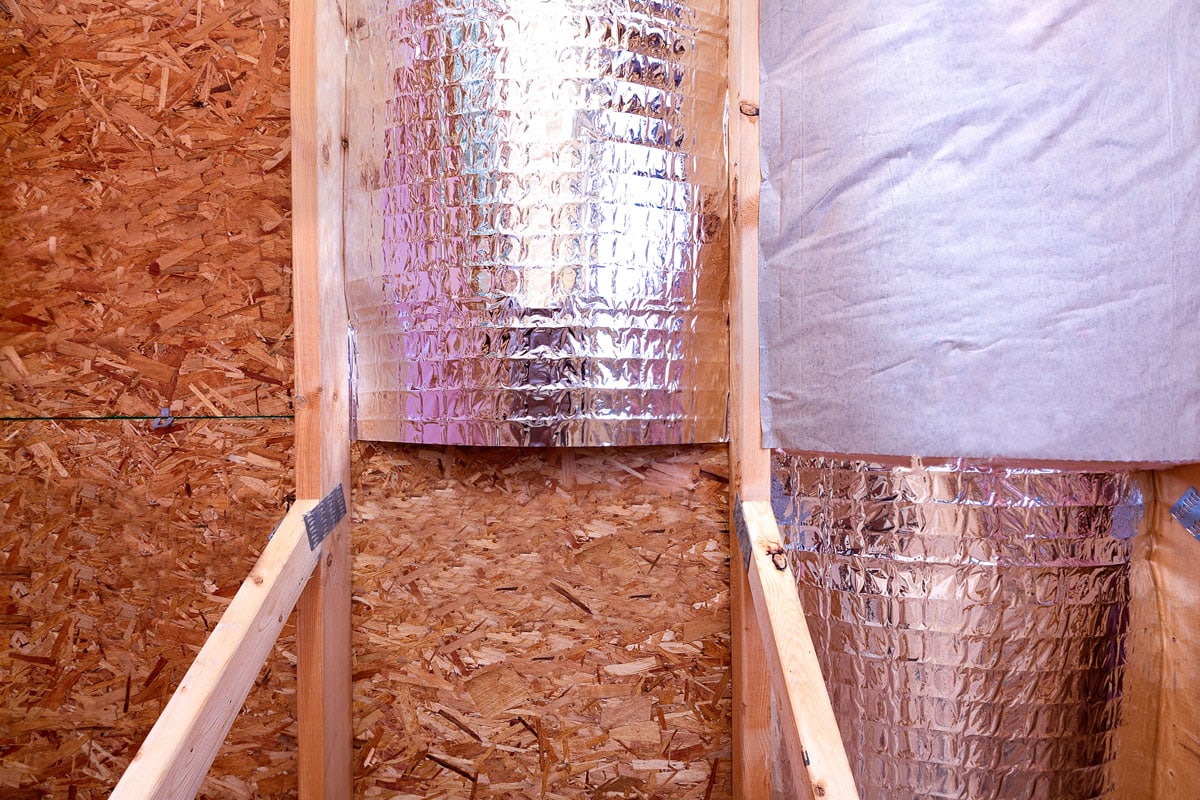
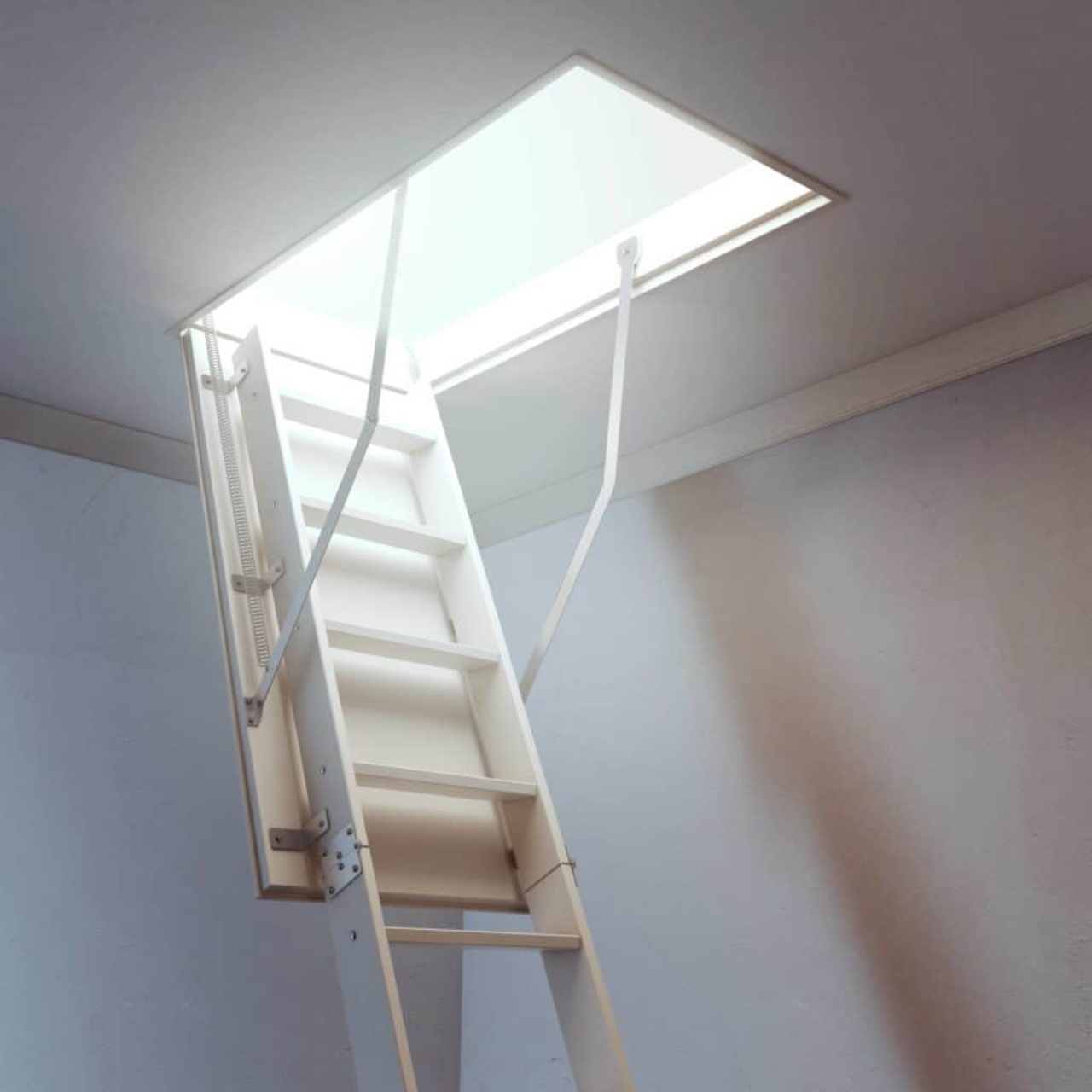
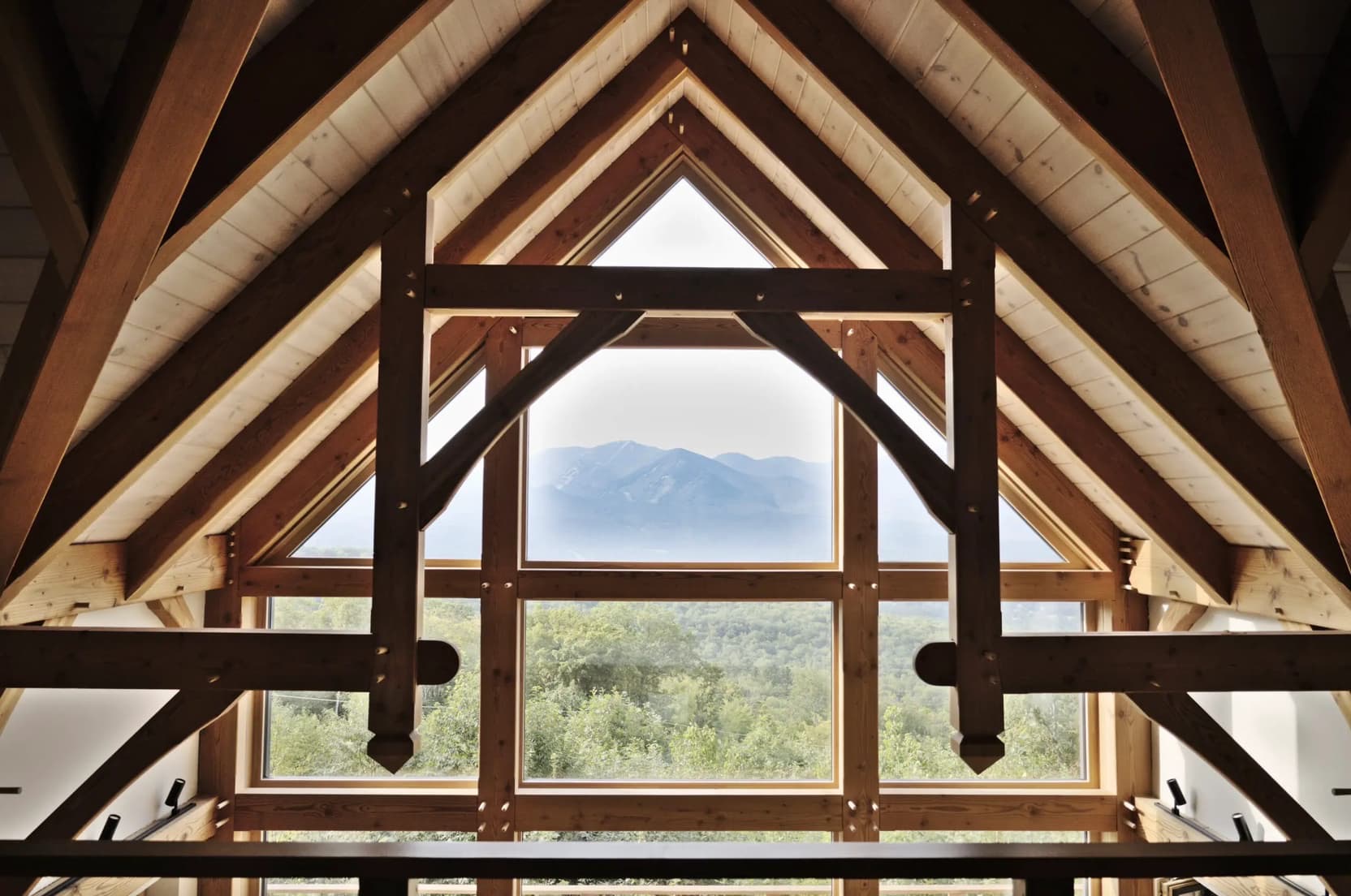

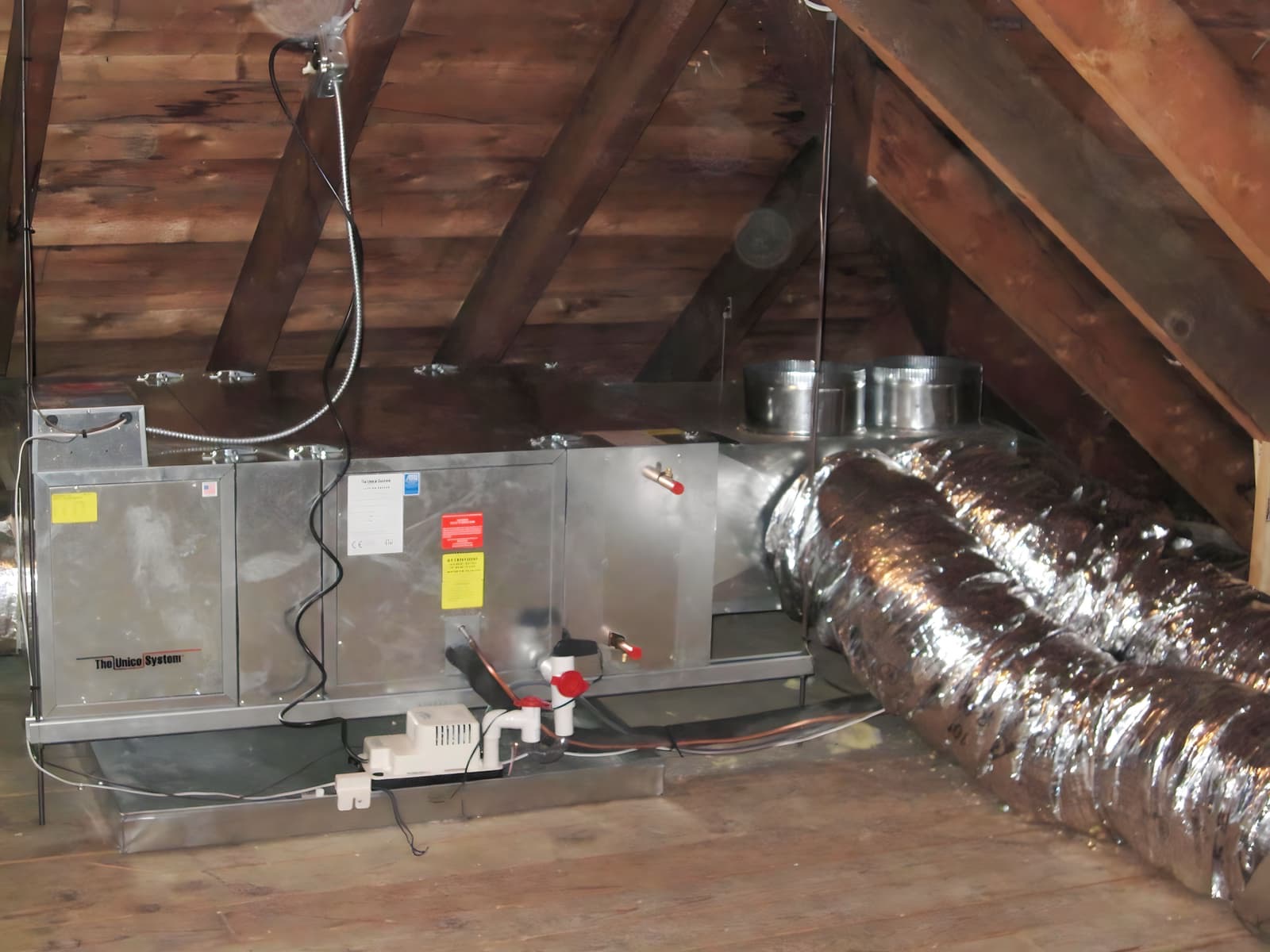
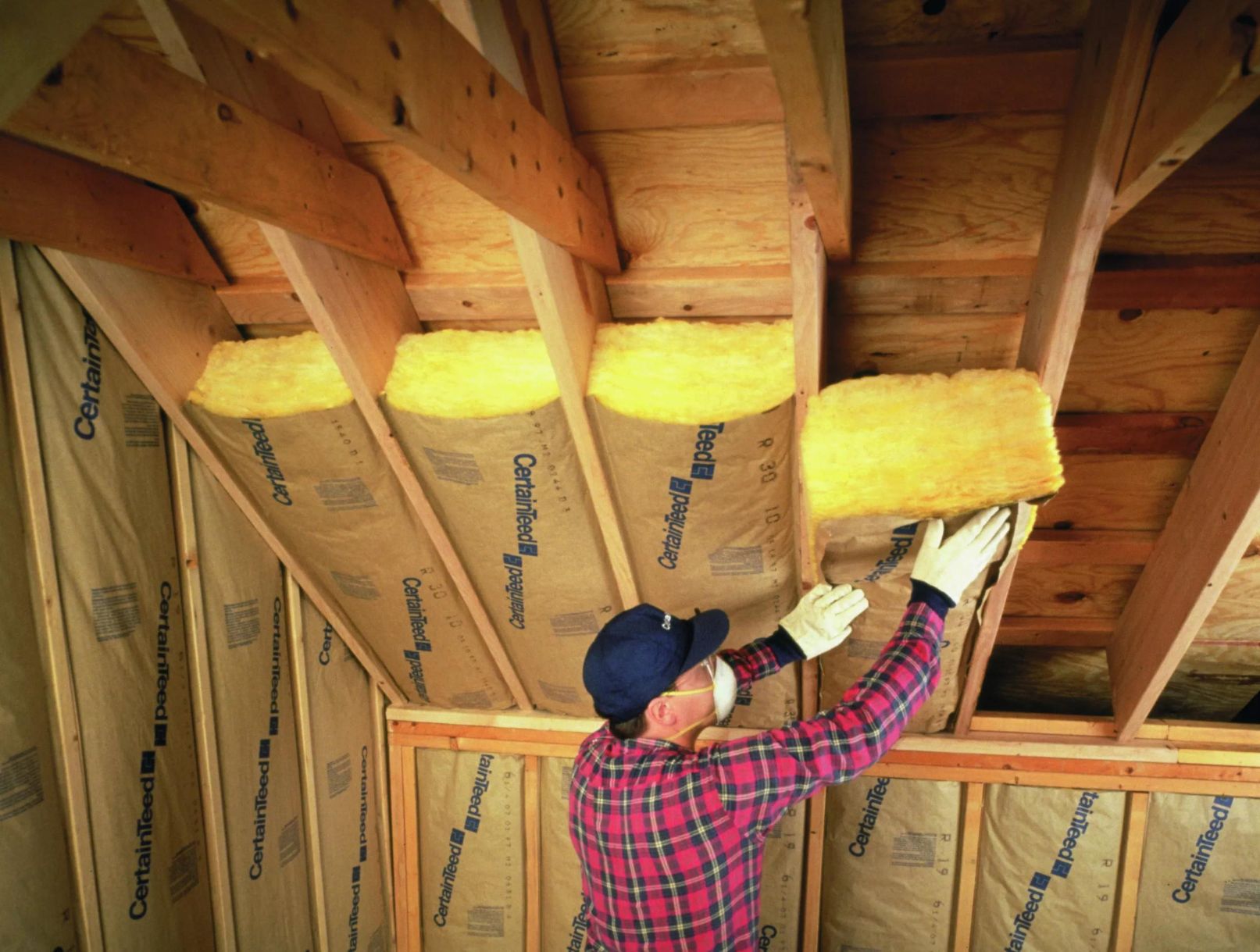
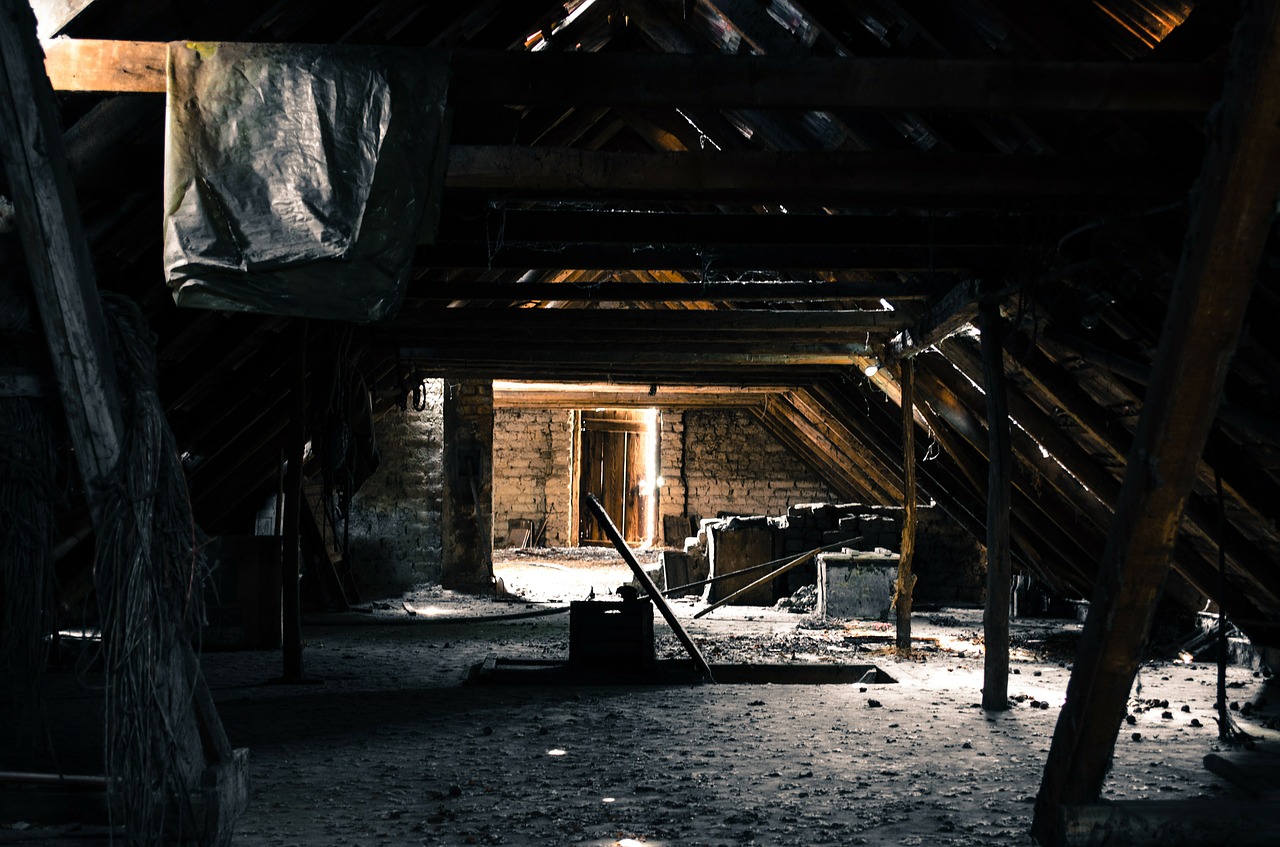
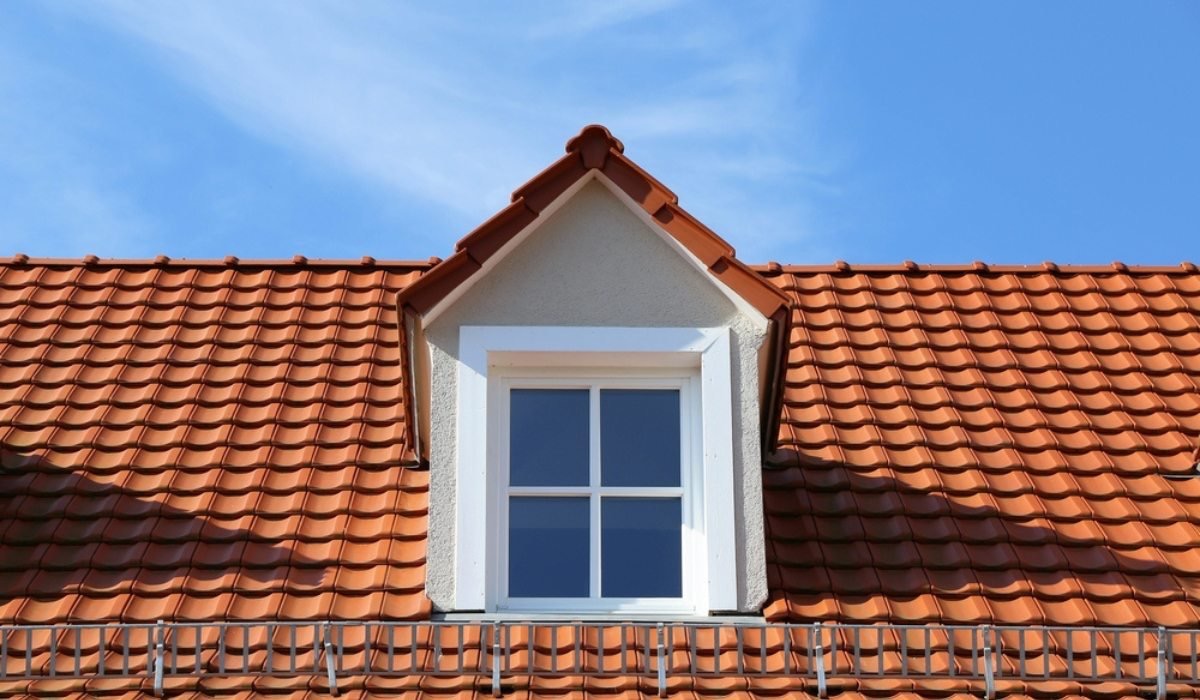
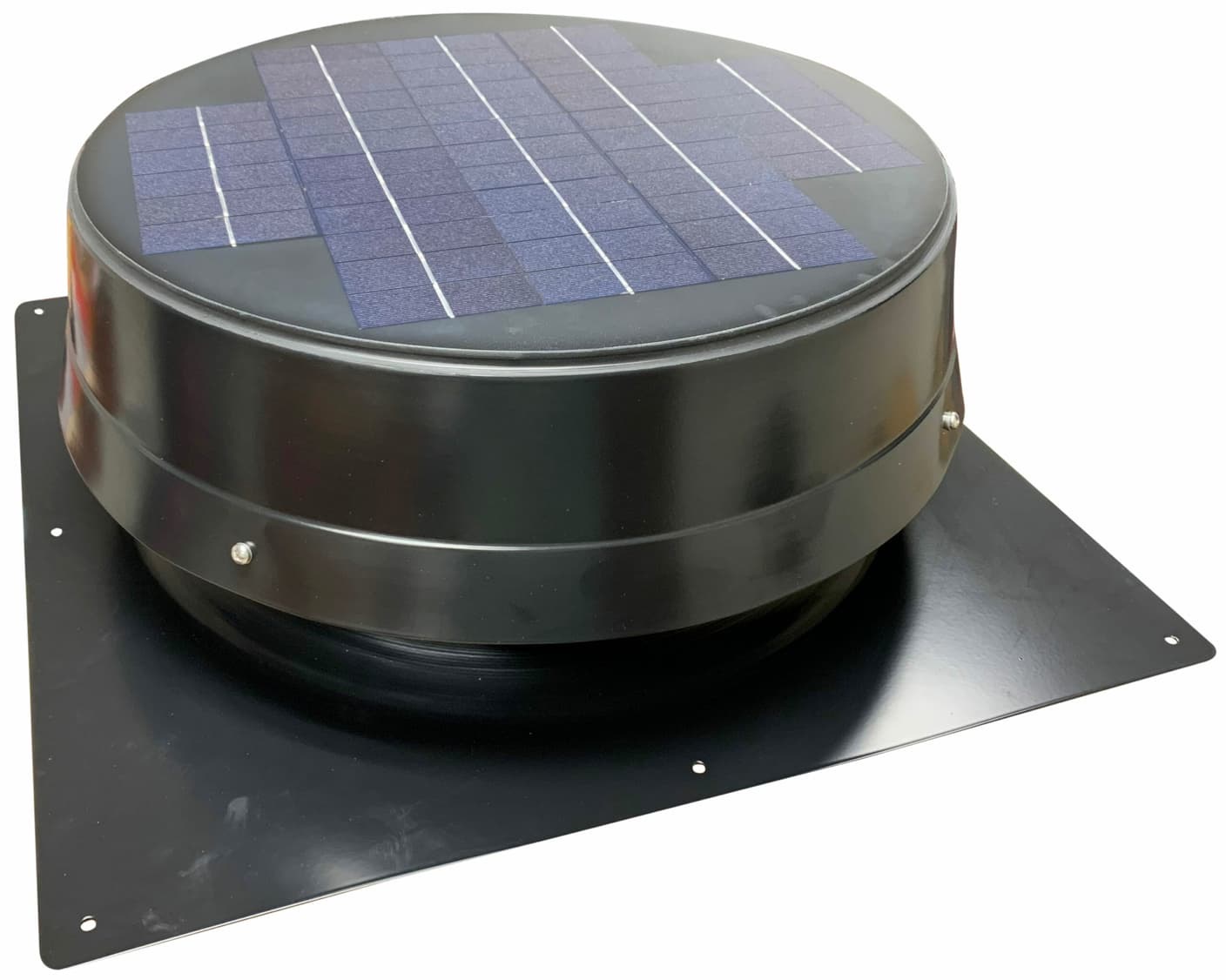
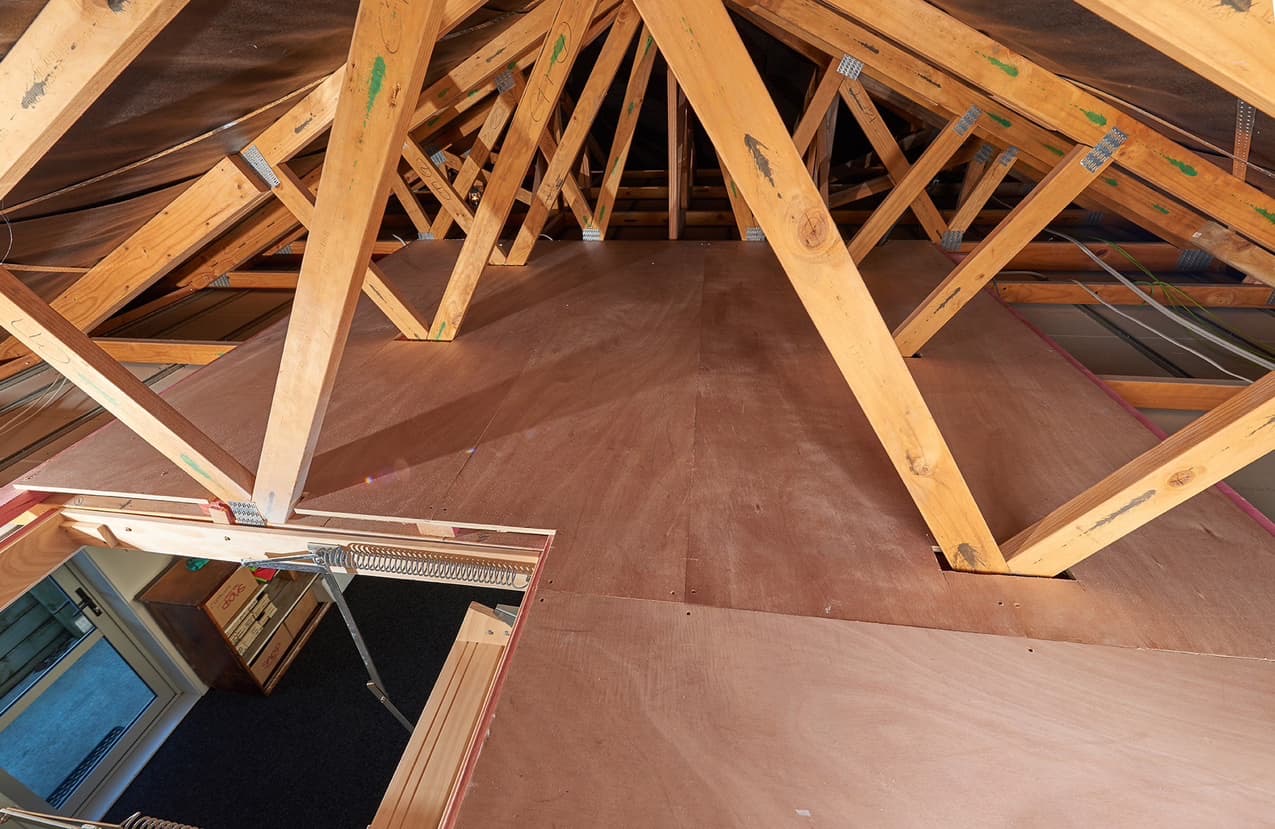
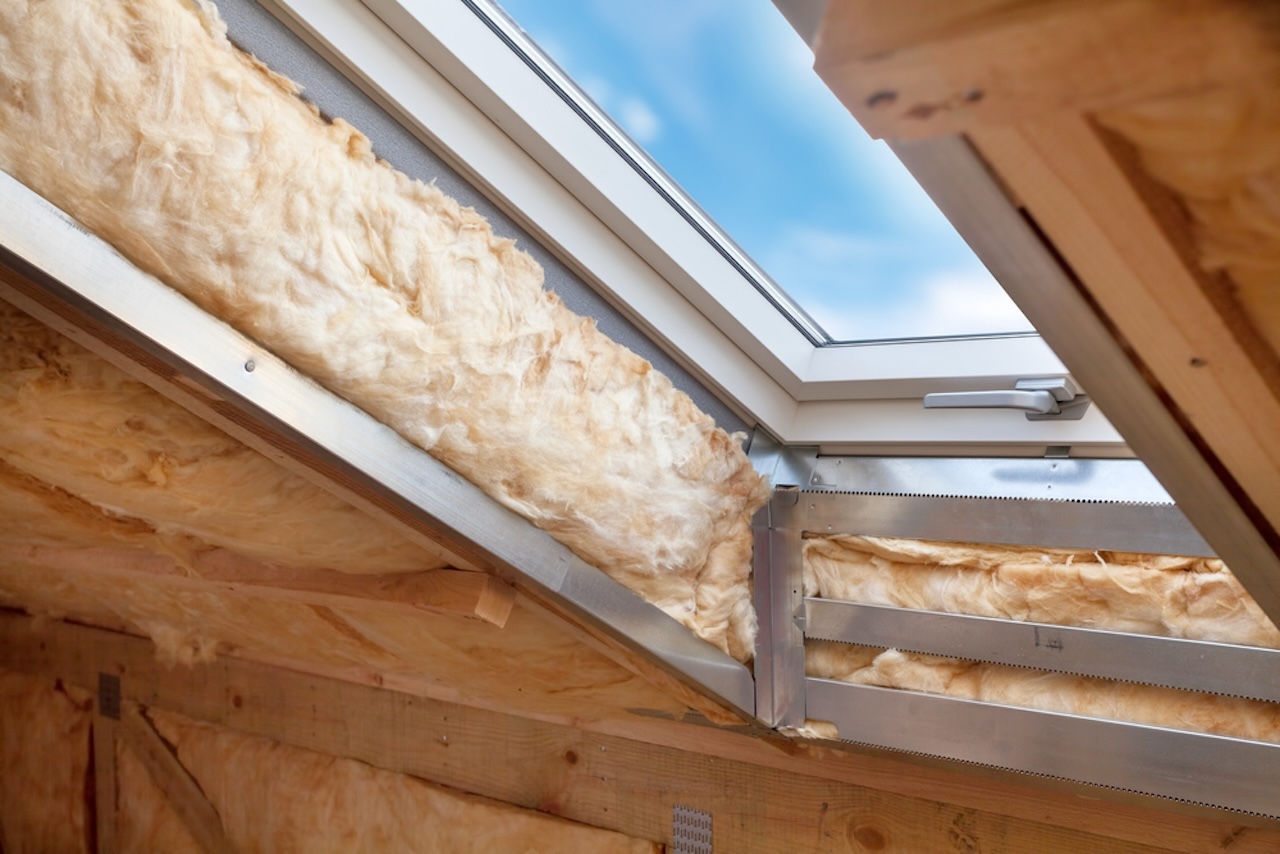

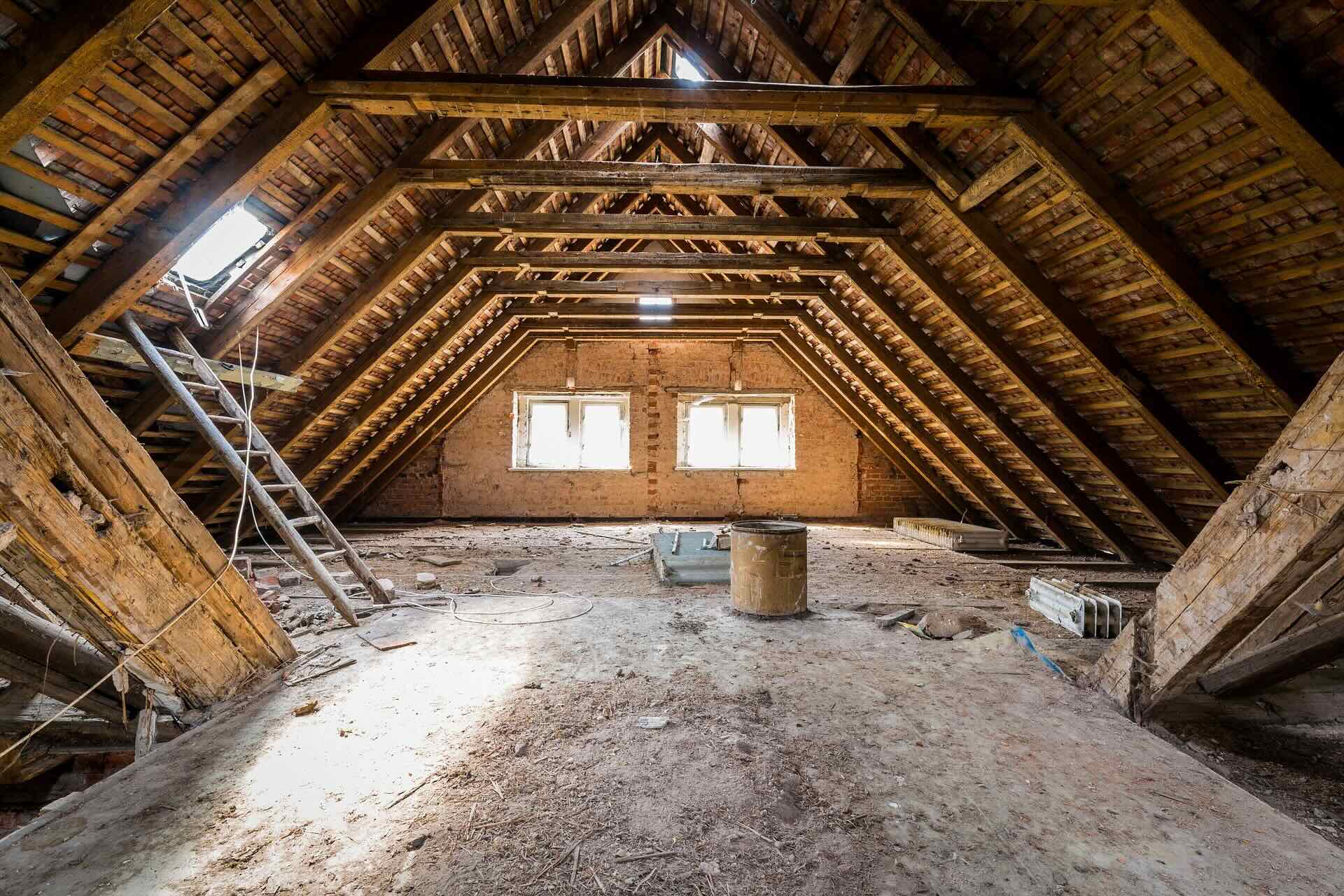
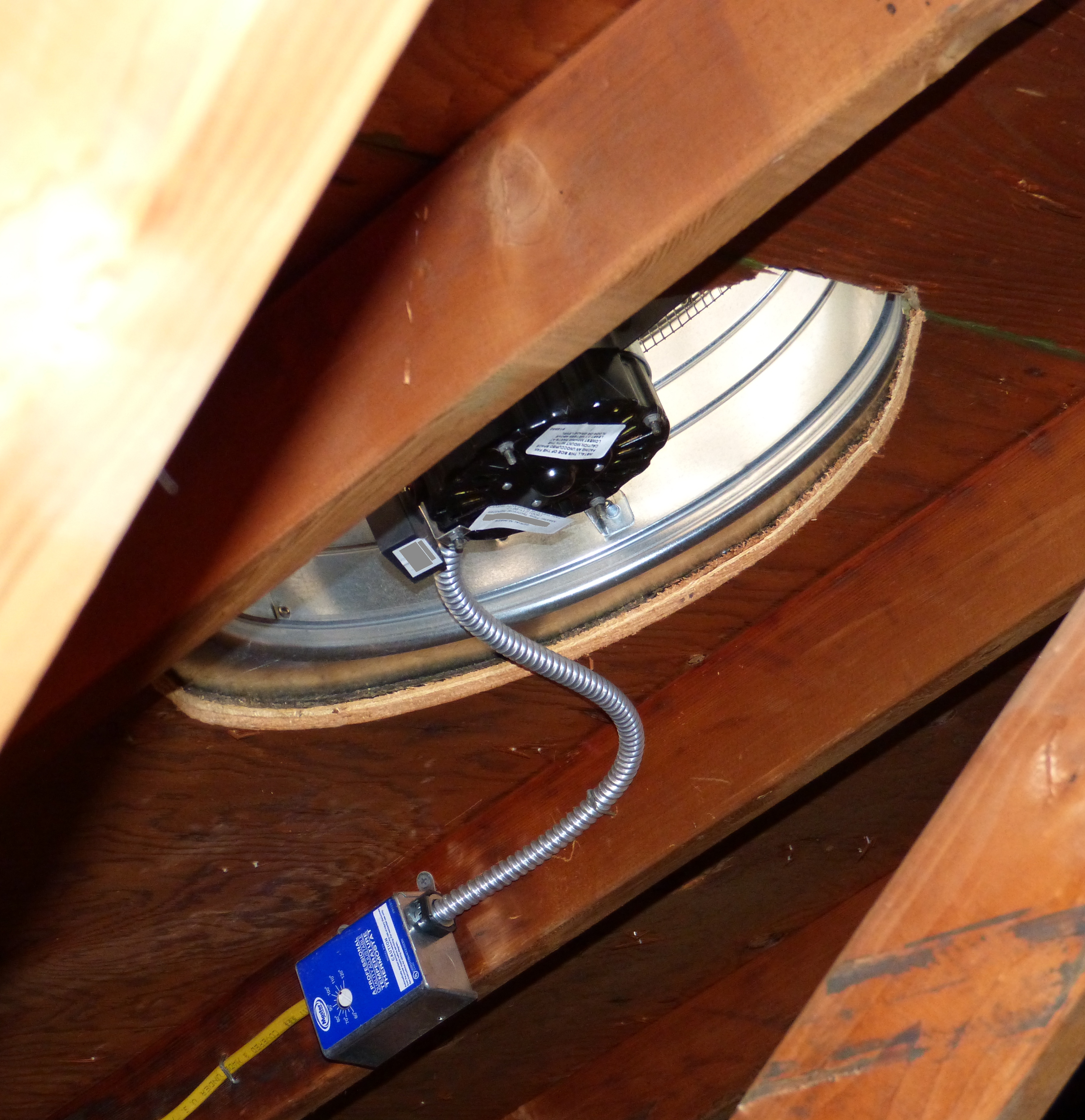

0 thoughts on “What Are Attic Baffles”